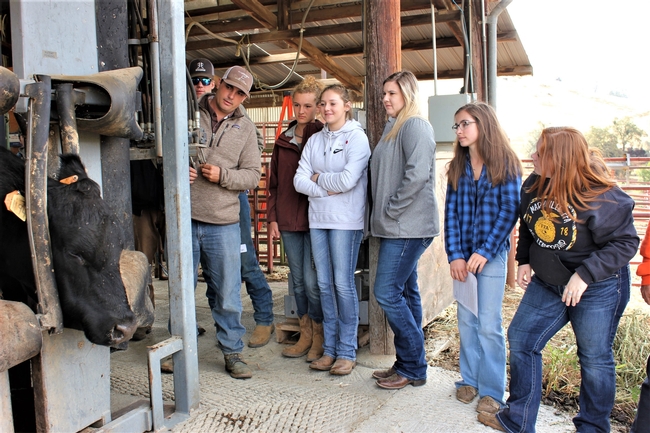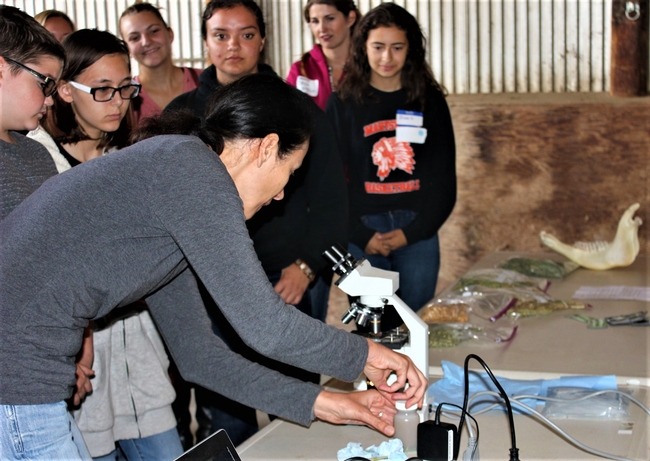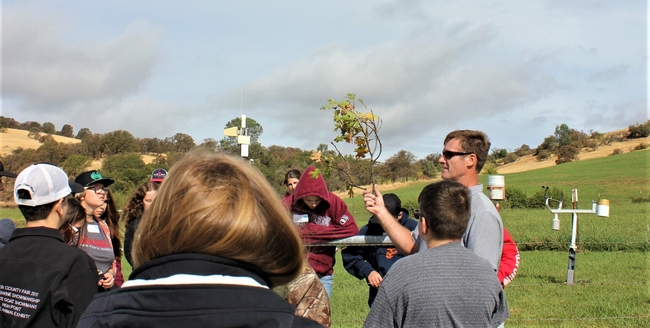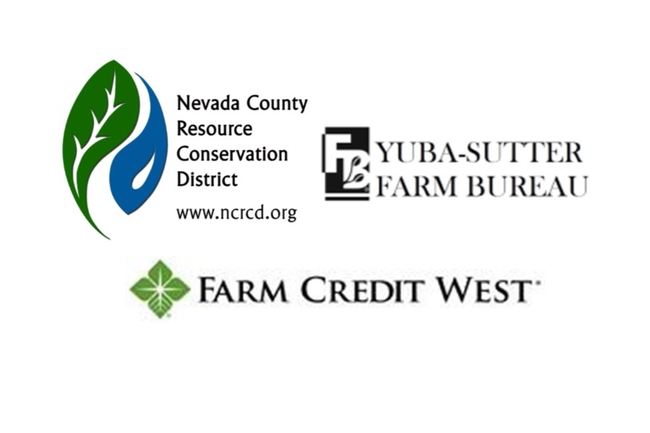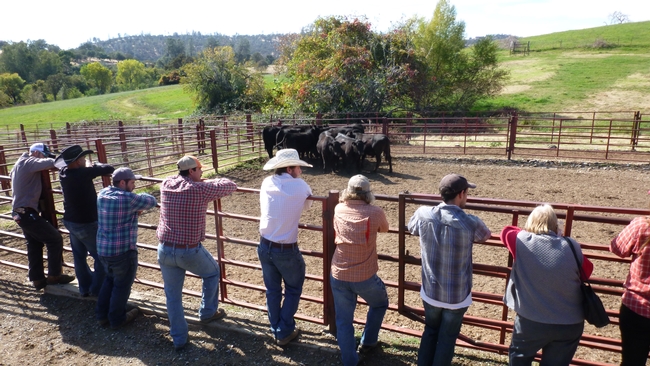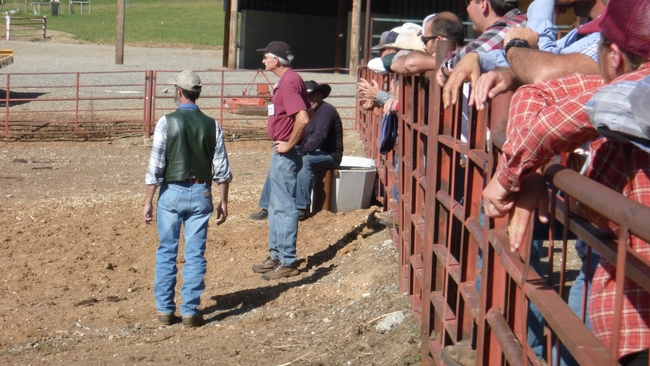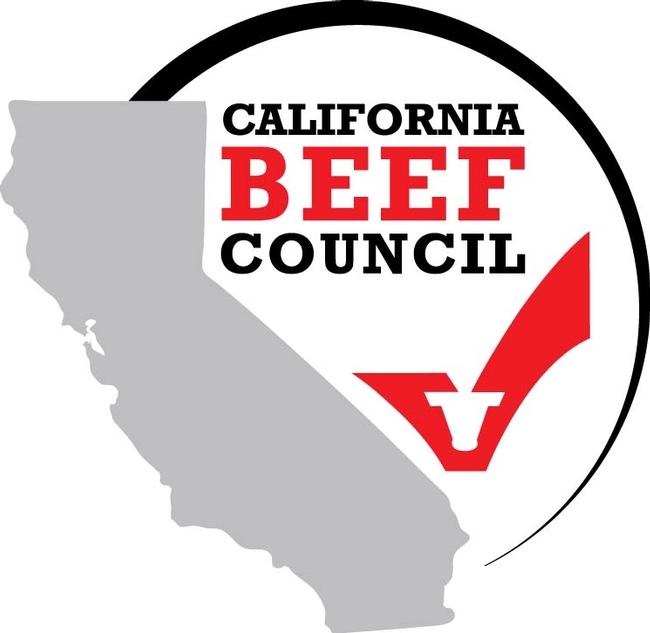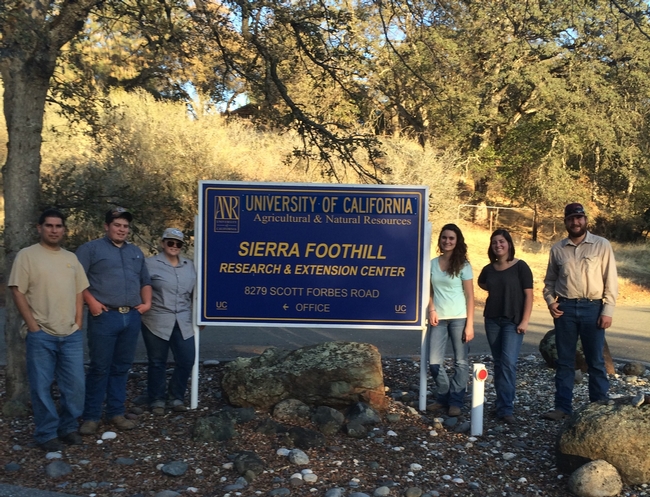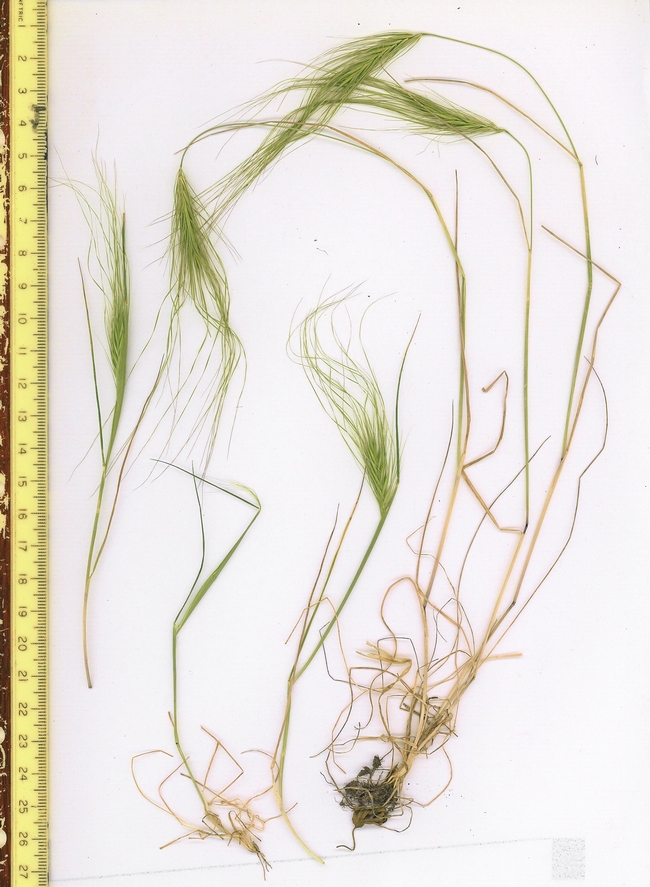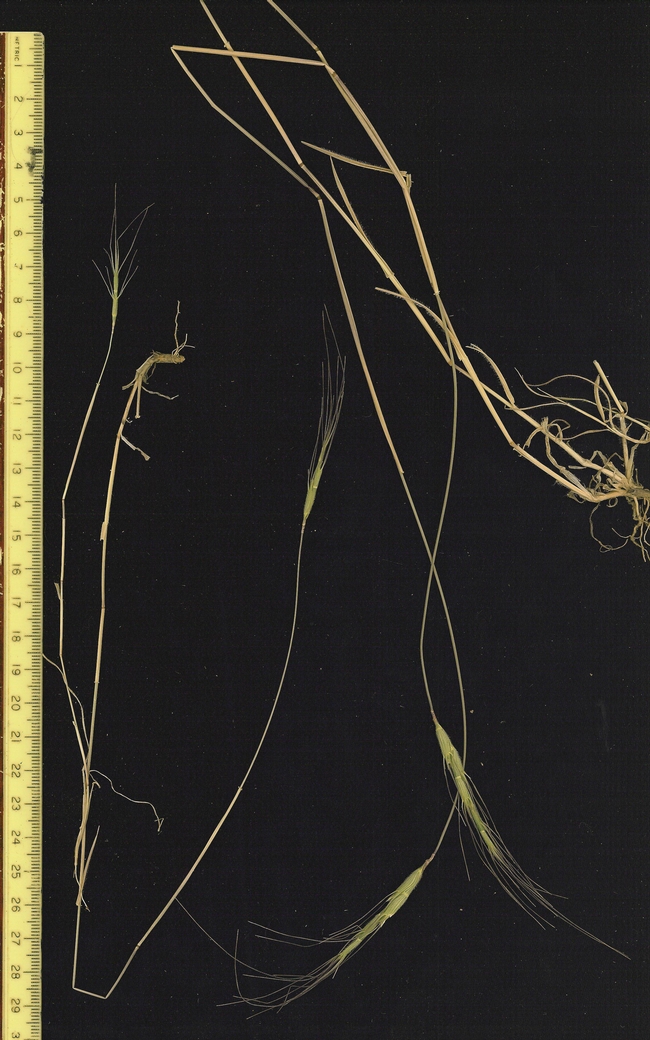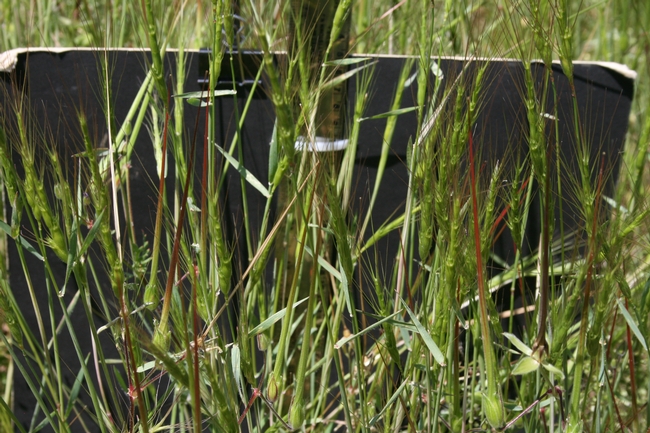- Author: Emily Baumstinger
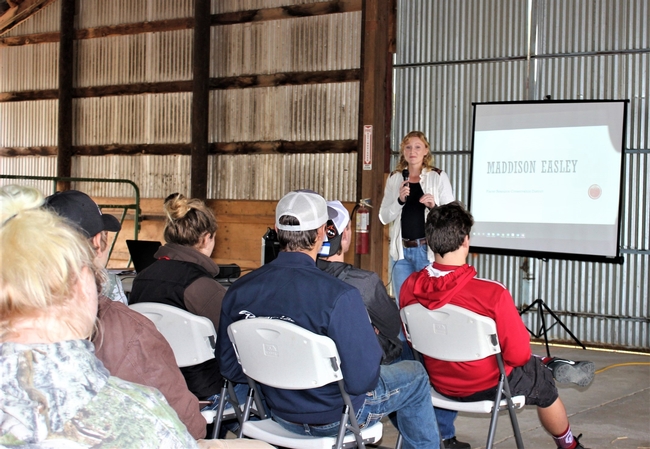
On Thursday October 4th, Sierra Foothill REC hosted its 5th Annual Beef & Range Field Day for high school students enrolled in FFA & 4-H. Following an inspirational keynote address discussing possibilities after high school in research and agricultural careers by Maddison Easley of Placer County Resource Conservation District, the 112 students and their 10 FFA teachers enjoyed the remainder of the day participating in four different outdoor learning stations.
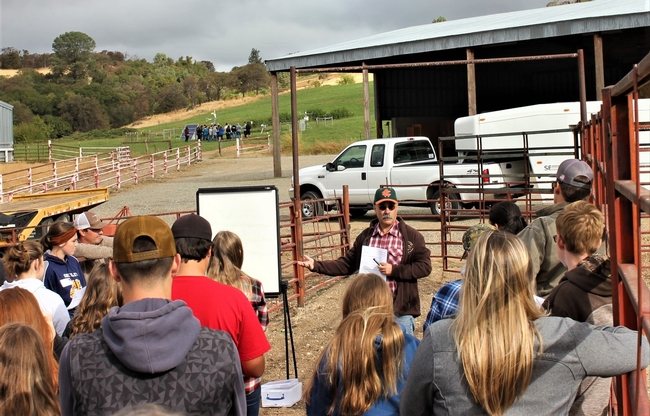
Dr. Gaby Maier of UC Davis Veterinary Medicine gave students a closer look inside cattle with her presentation station discussing ruminant digestion and nutrition. Students were able to look at gut flora and different types of feed.
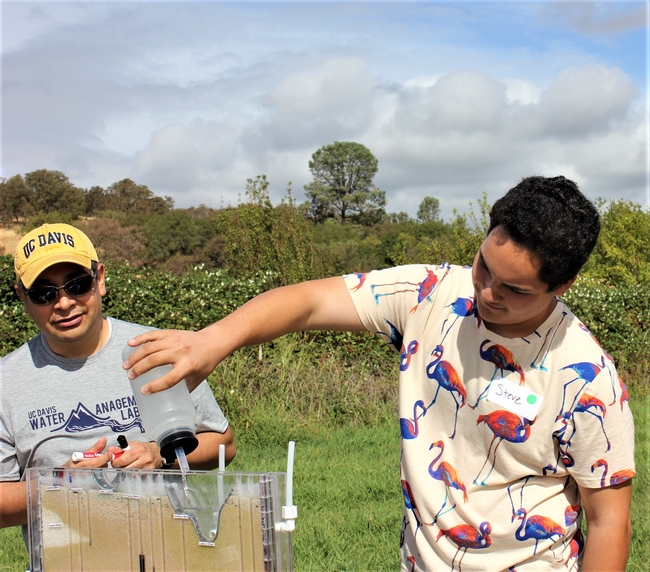
Dr. Sam Sandoval & Dr. Romina Diaz Gomez of the UC Davis Department of Land, Air & Water Resources brought watershed sciences to life with an interactive plexiglass model that demonstrates the movement and flow of groundwater.
SFREC's Director, Jeremy James gave the students an eye-opening tour of SFREC's CIMIS weather station equipment and how changes in climate patterns over time effect California's natural oak woodlands, grasslands and agricultural industries.
A special thank you to this year's event sponsors Farm Credit West, Nevada County Resource Conservation District & Yuba-Sutter Farm Bureau. Additional thanks to Nevada County Resource Conservation District for sending out two volunteers to help facilitate this year's event.
- Author: Clint Tipton
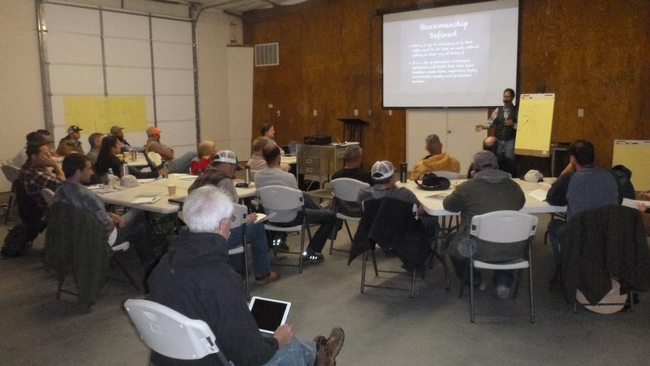
During the two day event Steve discussed the practices of approaching and moving a herd, placing cattle, weaning cattle in a field setting, sorting cattle, working stock in facilities, and Bud box design and use. In addition to time in the classroom, the students also had the opportunity to put their newly learned skills to use, working cattle in both corral and pasture settings. A total of 24 participants were able to take home useful strategies to apply on their own operations.SFREC would like to give a huge thank you to Steve and Susan for sharing their incredible knowledge and to Roger Ingram for planning the event.
- Author: Megan G Osbourn
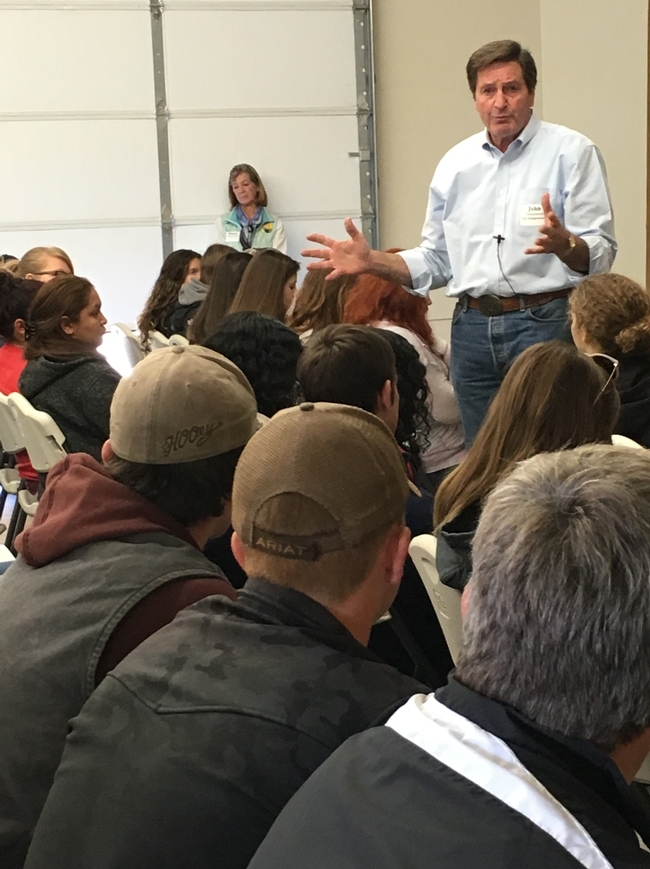
The field day kicked off with a keynote address by Congressman, John Garamendi (CA-3), who spoke with students about the roles they will be able to pursue within agriculture and food productution as they chart out their future careers. Garamendi encouraged his audience to think outside of the box when it comes to creating solutions to the many challenges agriculture will face in years to come.
Following this address the students rotated through five hands-on learning demonstrations developed by UC researchers that explored major topics in beef cattle and rangeland management. Dr. Nancy Martin, DVM, discussed health issues in beef cattle with Dr. John Angelos from the UC Davis School of Veterinary Medicine following up by highlighting his research in the development of a vaccine for pink eye in cattle. UCCE Farm Advisor, Jeff Stackhouse discussed the use of technology in managing livestock and wildlife, while Dr. Roberto Sainz of the UC Davis Department of Animal Science explored the ruminant digestive system. Roger Ingram, UCCE Advisor in Placer/Nevada/Yuba & Sutter counties demonstrated principles related to dryland and irrigated pasture management. Students had the opportunity to evaluate soil properties, classify rangeland plants and observe beef cattle grazing behavior.
This event was made possible by the following Sponsors: PG&E, Yuba-Sutter Farm Bureau, California Beef Council and Farm Credit West. We are grateful for this generous support. The time donated by FFA leaders and UC staff was instrumental in making the third year of this annual event a major success and a great opportunity for students to interact with ongoing research led by the University of California.
Sponsored By:

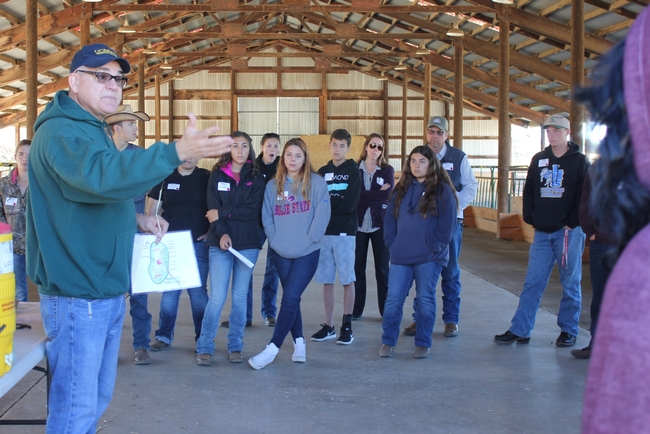
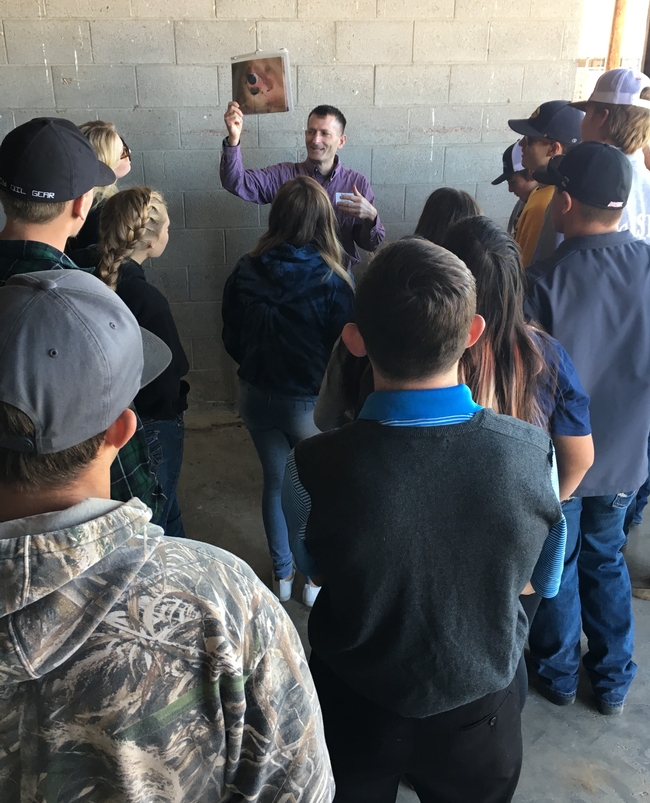
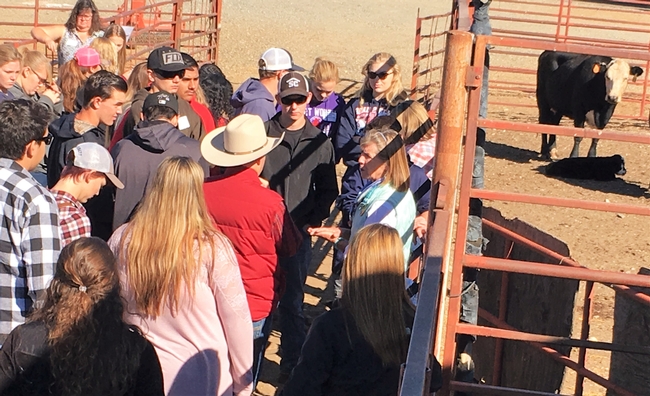
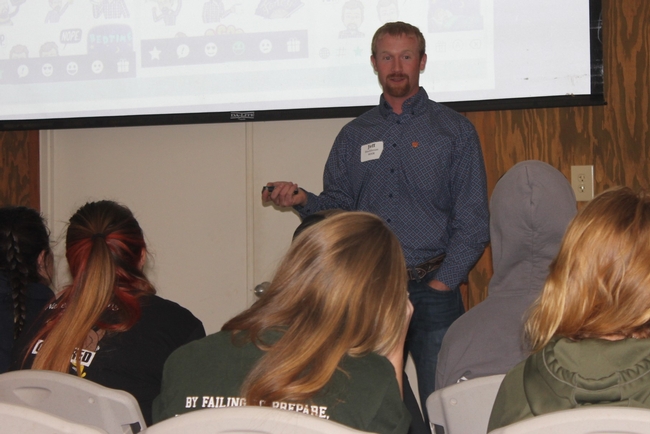
- Author: Rebecca Swanson, CSU, Chico Undergraduate Research Assistant
- Author: Kasey DeAtley, Assistant Professor of Animal and Range Science

Researchers in the College of Agriculture at CSU, Chico in collaboration with Sierra Nevada Brewing Company (Chico, CA), UC Cooperative Extension agents, Glenn Nader and Josh Davy, and the Sierra Foothill Research and Extension Center (SFREC) are working to determine the effect of supplementing nursing cows with either WBG or molasses tubs on cow body condition, reproduction, and calf performance.
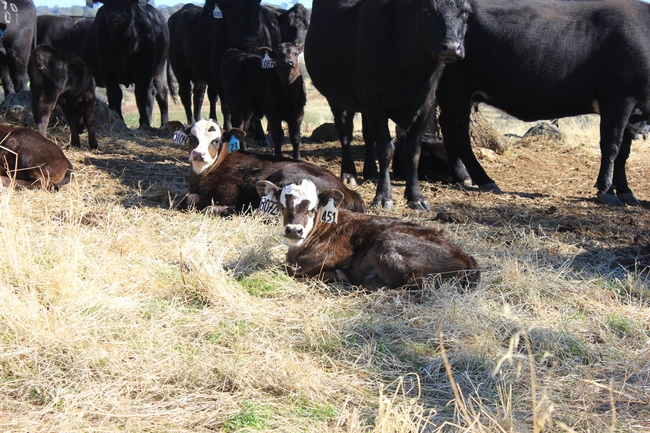
The third and final supplement study will begin this November at SFREC; however, preliminary results indicate that WBG is an efficient source of protein for cows grazing winter annual rangeland. In addition to investigating this important nutritional interaction, this collaboration has provided an excellent outdoor classroom for Chico State students pursuing a degree in animal science and land resource management. Students are able to gain hands-on research experience by helping to collect animal performance data as well as vegetation samples from the pastures where the cows are grazing.
- Author: Philip Brownsey
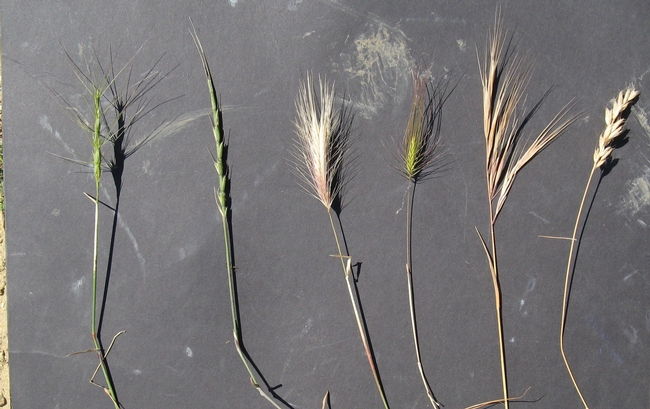
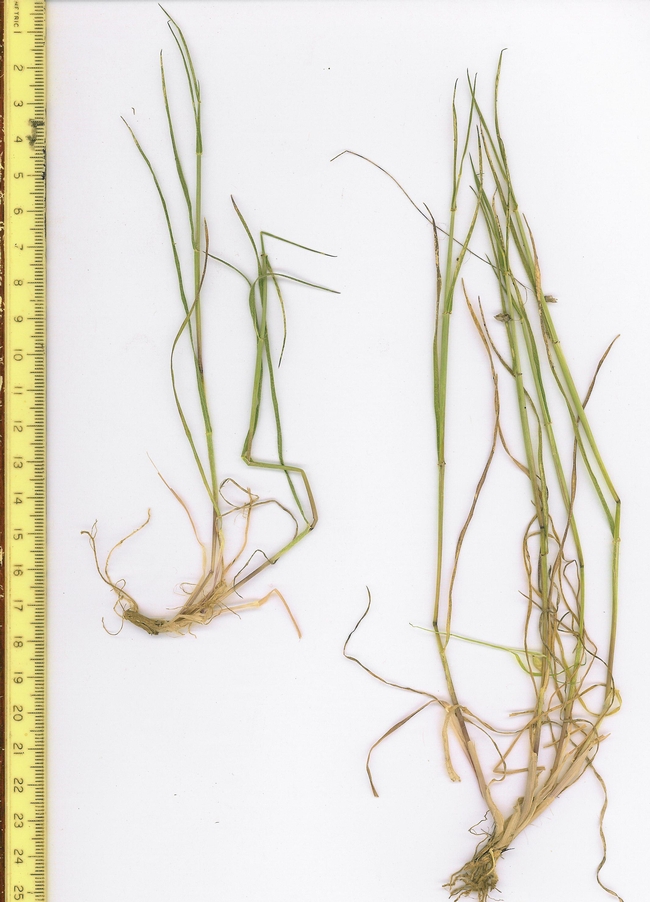
Over the last few years a team of UC researchers have explored the potential of using plant phenology to identify when targeted grazing or mowing can be applied to have the largest negative impact on medusahead and barb goatgrass. Phenology refers to the timing of biological events throughout the year and how they relate to climate and landscape. Medusahead and barb goatgrass are mostly typical of other annual grasses in California (Figure 1) in that they germinate after the start of the fall rains, grow through the winter (Figure 2), and then produce reproductive parts, flowers and seeds, in the spring. This research shows that if grazing or mowing are applied before the stem begins to elongate, the effect of these control treatments on seed production is minimal. Applying grazing or mowing treatments after the stem elongates but before the seed head emerges can decrease seed production by more than ten-fold.
Parts associated with the flower and seed head play a big role in why these noxious weeds are undesirable. Both of these grasses produce long, stiff awns that make them unpalatable to livestock (and produce discomfort to people and pets when they become stuck in our clothes). In addition, analysis shows that the nutritional content of these grasses falls below adequate levels as forage for cattle and sheep as they begin to produce flowers and awns (Figure 3). Once seed heads develop mowing or grazing will not prevent the seeds from becoming viable and germinating (Figure 4).
These observations on how the traits of medusahead and barb goatgrass change through the growing season have allowed us to define limits for when targeted grazing and mowing should begin and end. Once medusahead and barb goatgrass become susceptible to defoliation in the spring, there is a 2 to 3 week window during which targeted grazing can be used to treat medusahead (at stocking rates of 1 to 3 Animal Unit Month, or AUMs per acre, depending on the initial standing crop of forage) followed by a 5 week window during which mowing can be effective to treat either medusahead or barb goatgrass. More information on treating these two noxious weeds will soon be available in the UC ANR publication 8567, “Barb Goatgrass and Medusahead: Timing of Grazing and Mowing Treatments” that will be available on the SFREC website and through the ANR Catalog site.


